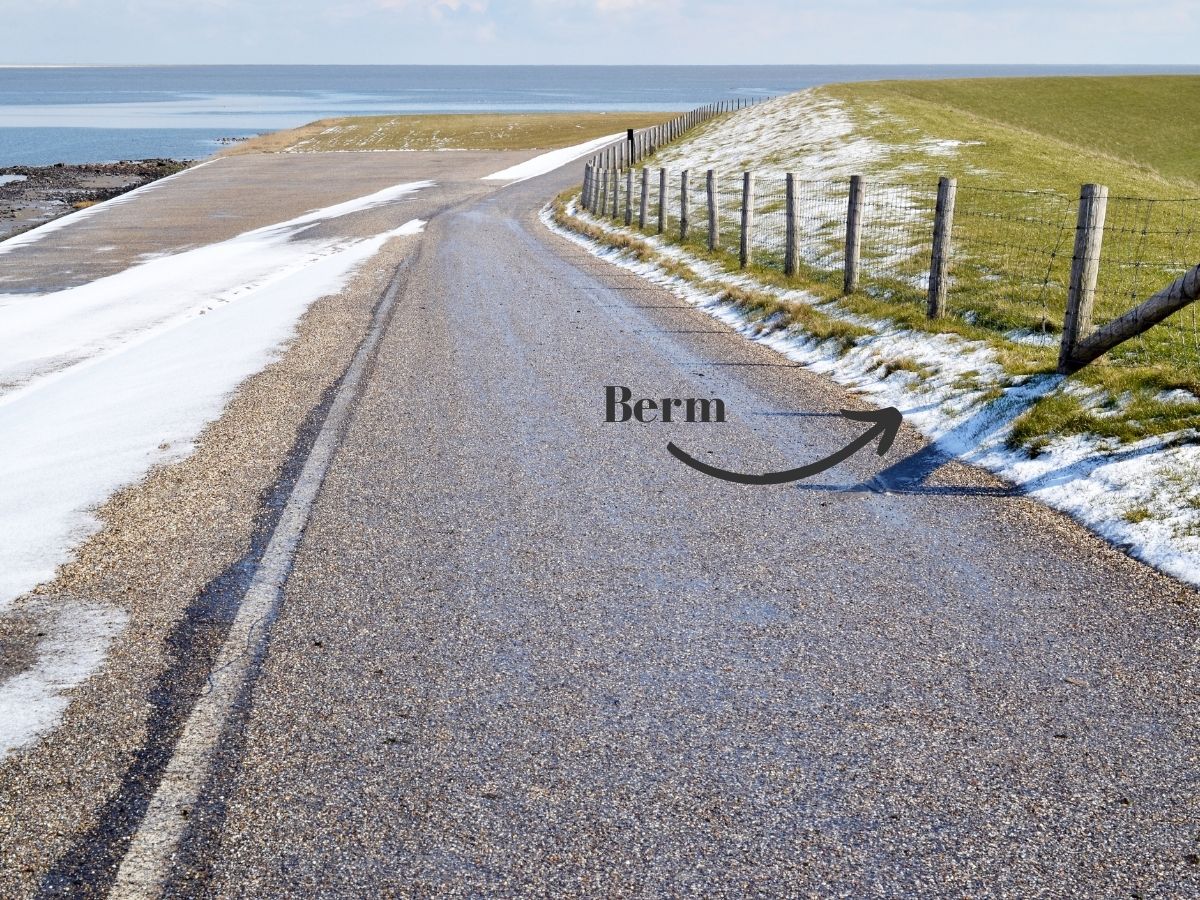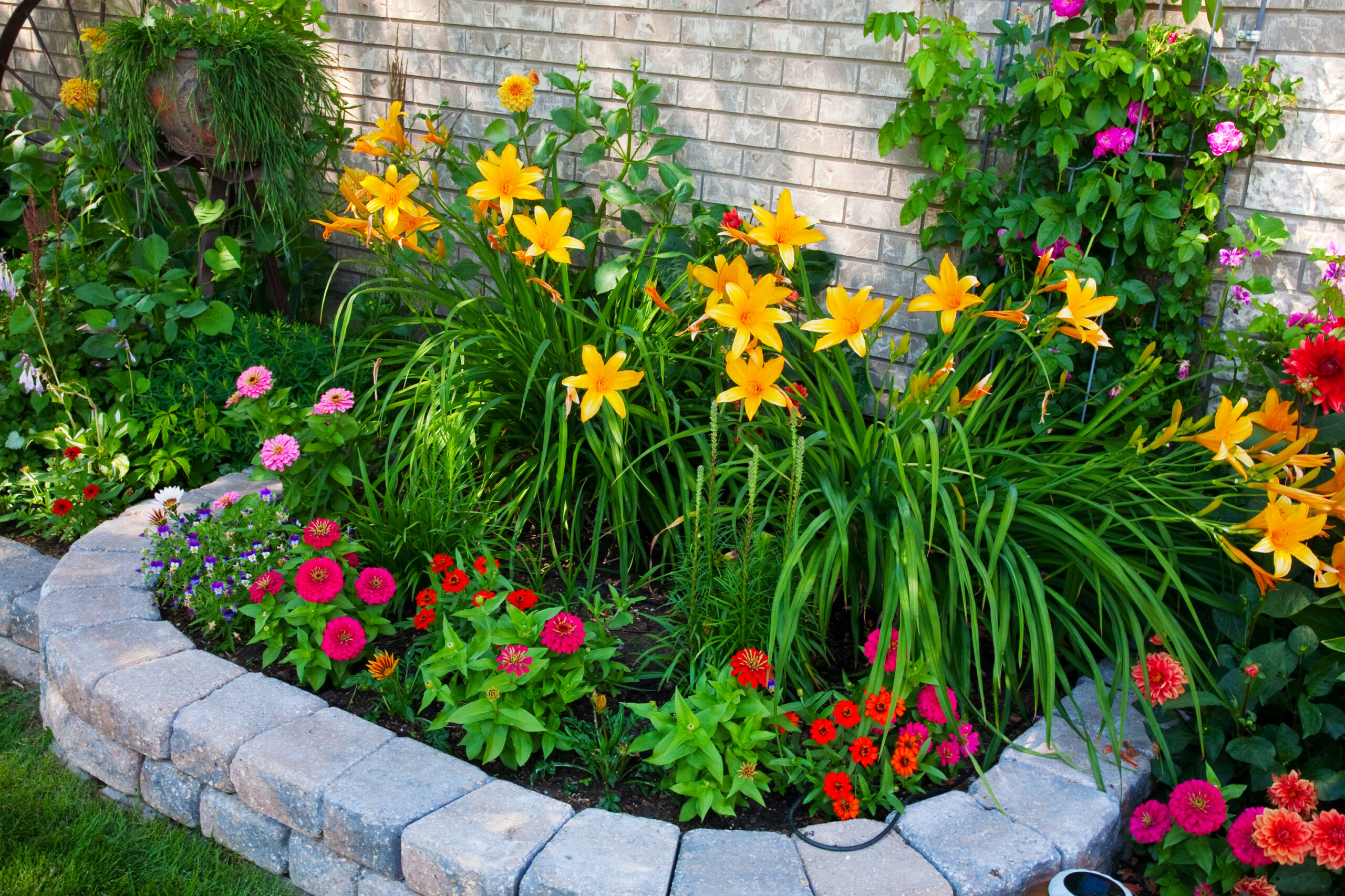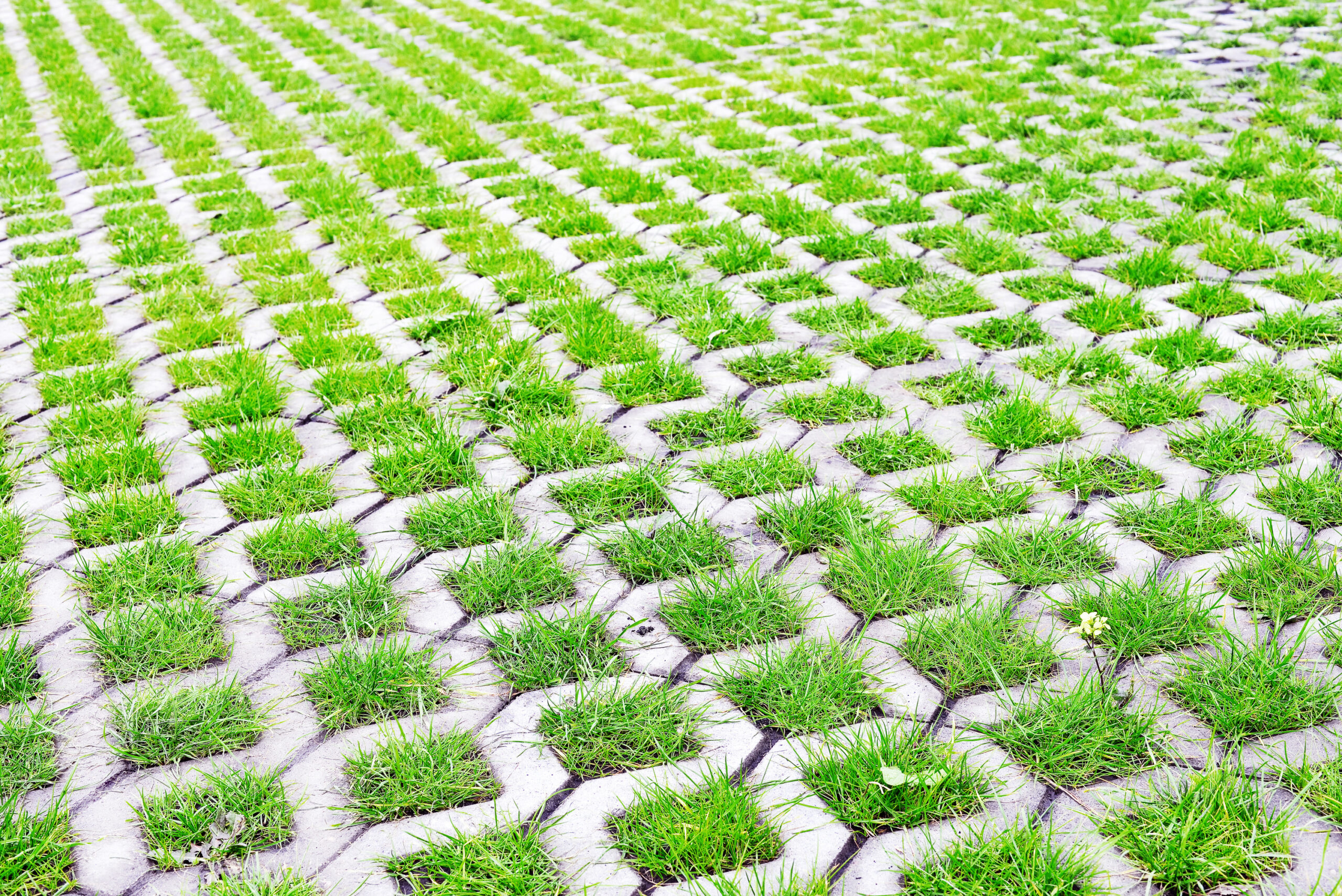“Spring is nature’s way of saying let’s party!”
Spring is also the time to start thinking about your landscaping and water runoff. However, before you are faced with the challenges of heavy water run-off at the beginning of the growing season, check out our stormwater design guide below.
Your landscaping has to deal with melting snow and seasonal rain showers every year. This will take its toll on your mulch, rocks, and soil. Additionally, large amounts of water can create pools in your yard, leaving a muddy mess. Stormwater runoff also has the potential to harm ecosystems as it generally contains fertilizer and various pesticides. There are also a number of areas in which legislation has limited impermeable surfaces on the property. Anything that goes over this limit can result in a fine.
There is no need for seasonal storms to ruin your gorgeous landscaping, as it can be naturally filtered to avoid any harmful runoff. There are several ways in which you can handle stormwater while remaining environmentally friendly and keeping a lush landscape.
Stormwater Design Guide
The Creation Of Swales and Berms
One of the first considerations you must make is the lay of the land. Decide upon how the water is already flowing on the property and determine if that location will need to be diverted. If water is flowing directly toward a building, you will need to direct it away from the foundation.
Creating a berm is one of the best solutions for this type of problem. Berms are areas of the land that have been slightly raised to help change the general direction of the water. These will usually be accompanied by a swale, which is a piece of land that will act as a general vegetative gutter. When you combine the berm and swale, water can be absorbed into the yard or flowed into a catchment designed for evaporation while also providing additional water for plants.
It is possible to build a simple berm with a little bit of time and a good plan. You can create a planned berm with a garden hose, dig out the outline, fill it with clay, absorbent gravel, soil, and topsoil. If you are unsure about the process, you may just want to contact the professionals at Down to Earth Services.

Creating A Rain Garden
Rain gardens are the perfect option if you have an area of the yard that is considerably lower and tends to deal with stormwater pools. This will also add to the general appeal of the yard. Many people do not even realize that rain gardens have a tremendous environmental purpose, making this a true win-win scenario for the homeowner.
The first part of the process is identifying a low-lying area and adding several water-loving plants. Some examples are butterfly weeds, bee balm, and daylilies. If there are no low-lying areas in the yard, it is possible to dig one on your own or contact a landscaper. You will have an easy-to-care-for rain garden filled with low-maintenance plants to help the environment.

Stormwater Design – Hardscaping With Permeable Pavers
Many residential communities in rainy areas must deal with the environmental struggles of runoff. In fact, it is possible for one urban block to produce more than five times the amount of runoff than a forested area would. This can become a crisis situation where driveways, sidewalks, and parking lots prevent the natural absorption of water.
What should a homeowner do in these situations? This is where permeable pavers come into play. They offer a very easy way to manage stormwater through your patio, driveway, and other hard surfaces. The stormwater will flow through the paver into the soil instead of running into the street.
You may wish to use a permeable paver for any type of hardscaping that will create a long-term solution for water runoff. This is a more expensive stormwater design process than gardening, but it greatly helps the community overall. The next time you plan to work on a patio or driveway, you will want to research this to see if it is a viable option.

Stone Beds And Gravels
Stone beds and gravel areas help to provide a porous area that will allow stormwater to be fully absorbed into the soil below. These beds will often be used in swales and have become quite popular due to their natural look. In addition, they are an excellent option for areas in which grass does not grow well.
The creation of stone beds can help slow the runoff of water and aid in the reabsorption of stormwater. You can create your own gravel path to create a natural, attractive, environmentally friendly landscaping feature. You will begin by placing markers for the path, digging down to about three inches, and adding a hard layer pack of stone and eventually crushed stone on top.

Steep Slopes For Runoff
You will want to consider the slope of the land when you are designing stormwater landscaping. If your property has a slope toward a building, it is essential to divert the water from that area. Steep slopes can actually be a good thing when considering stormwater absorption.
It is possible to create tiered retaining walls with rock and plants that require a great deal of water. These types of garden terraces will slow down the flow of water on a steep slope and reduce soil erosion.
Down to Earth Services’ Tips When Dealing With Stormwater Runoff
It is essential that you research which of the above methods will make the most sense for your situation. Your overall plan will depend upon your specific climate, yard size, and the amount of rain you experience.
You may not want to plant a rain garden if you are in an area that remains quite dry most of the year, only to get hit by severe storms. In this case, you may choose permeable pavers or even a stone bed.
Regardless of what you decide to choose, you are doing the best for the environment and future generations when you execute the plan for your stormwater design. The more you can do to prevent serious runoff and encourage the reabsorption of stormwater, the more you will help the surrounding ecosystems. For more information on ecological landscaping and native plant communities, contact Down to Earth Services today! We are the native plant experts of Missouri and Kansas, and we are here to help you design, create, install, and manage a beautiful and regenerative landscape.

